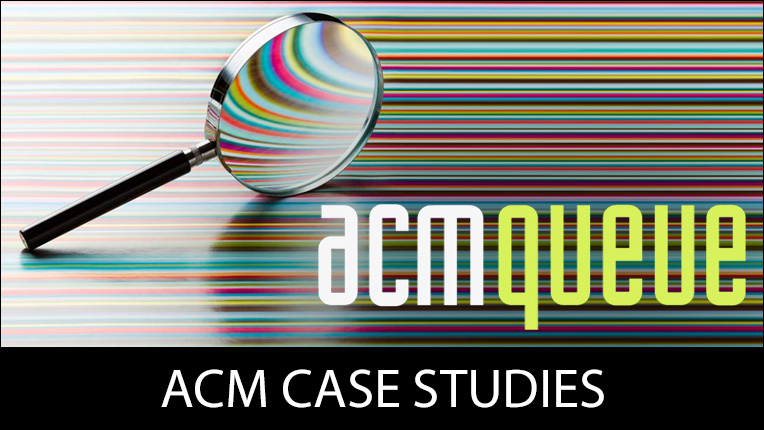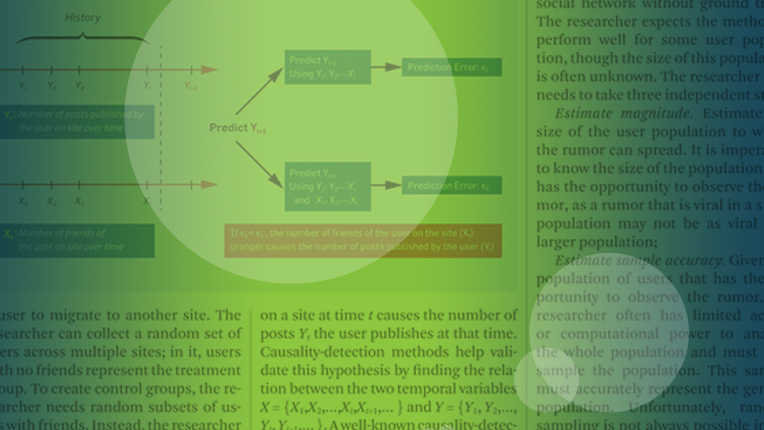ACM SGB Meeting Materials February 23, 2002
A best practice session was held so that SIG leaders could gain from the experiences of the others. Leaders were encouraged to discuss both successful and unsuccessful programs.
SIGGRAPH realized that there was a perception of favoring US authors. In an attempt to improve this they set up an English language review committee. Prior to submitting to the conference, authors may submit their papers for review of grammar, style and language. Authors have found this worthwhile. SIGGRAPH has set up an easy, lightweight process. For more information, contact [email protected].
The SIGAPL conference has also been doing this on a paper by paper basis for the last 14 years. They assign a shepherd after acceptance.
SIGSOFT tried to provide this sort of support but found it was difficult to separate language issues from content. There was an expectation that style editing meant acceptance.
SIGCHI pointed leaders to: http://www.acm.org/sigchi/bulletin/1996.1/isaacs.html. Where they will find a paper titled: Why Don't More Non-North-American Papers Get Accepted to CHI? By Ellen A. Isaacs and John C. Tang.
SIGCHI has a mentoring program that allows anyone to request a mentor. The PC chair matches requestor to appropriate volunteers.
SIGIR adopted a similar program bringing in senior members of the community to mentor students.
SIGMOD is going out of North America for the 1st time in 2004. The Chair and PC Chair will be from Europe, diminishing the perception that their conference is regional.
SIGAda has an e-mail list called SIGAda announce. All participants must be active dues paying members, which has encouraged people to join.
A student advocate was appointed to encourage student events during the ICS'02 conference.
Lifelong Learning
ACM offers lifelong learning resources including online books and courses from Skillsoft, TechTalks on the hottest topics in computing and IT, and more.

ACM Case Studies
Written by leading domain experts for software engineers, ACM Case Studies provide an in-depth look at how software teams overcome specific challenges by implementing new technologies, adopting new practices, or a combination of both. Often through first-hand accounts, these pieces explore what the challenges were, the tools and techniques that were used to combat them, and the solution that was achieved.

Publish with ACM
ACM's prestigious conferences and journals seek top-quality papers in all areas of computing and IT. It is now easier than ever to find the most appropriate venue for your research and publish with ACM.
